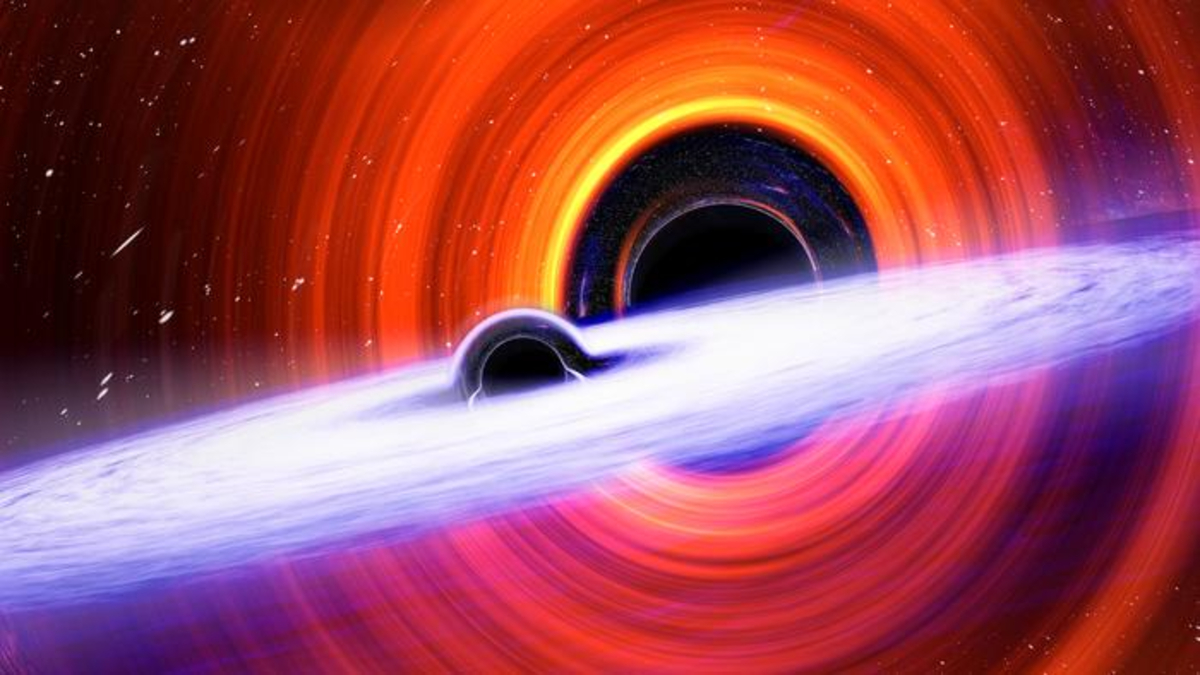Gravitational waves from the birth of two newborn black holes caught the attention of scientists last year. After listening to the symphony from these black holes, scientists have discovered something spectacular about the birth of one of the black holes.
The Remarkable Birth Of Two Black Holes
The birth of a black hole is often a violent cosmic event that releases a gravitational wave that cuts through space. Here on Earth, these waves can be detected using gravitational wave detectors like the LIGO (Laser Interferometer Gravitational-Wave Observatory), Virgo, and KAGRA (Kamioka Gravitational Wave Detector).
On 11th October 2024, the LIGO-Virgo-KAGRA collaboration detected gravitational waves caused by the birth of a new black hole, GW241011. This birth occurred about 700 million light-years away from Earth, and it revealed that the two parent black holes were 17 times and seven times the mass of our Sun.
It also revealed that one of the parent black holes spins rapidly, making it one of the fastest-spinning black holes ever observed. A few weeks after this discovery, gravitational waves from the second black holes, GW241110, were picked up by the LIGO-Virgo-KAGRA collaboration after covering a distance of about 2.4 billion light-years to reach Earth.
The parent black holes involved in this birth were 16 times and eight times the size of our Sun. Remarkably, one of the parent black holes was doing something that has never been seen during mergers between binary black holes: it was spinning in the opposite direction of its orbit.
GW241011 And GW241110 Offer A New Opportunity To Learn More About Our Universe
Following these detections, Carl-Johan Haster, an assistant professor of astrophysics at the University of Nevada, Las Vegas (UNLV), said, “Each new detection provides important insights about the universe, reminding us that each observed merger is both an astrophysical discovery and an invaluable laboratory for probing the fundamental laws of physics.”
He adds, “Binaries like these had been predicted given earlier observations, but this is the first direct evidence for their existence.” Stephen Fairhurst, LIGO Collaboration spokesperson and a Cardiff University professor, also said, “GW241011 and GW241110 are among the most novel events among the several hundred that the LIGO-Virgo-KAGRA network has observed.”
Fairhurst goes on to say, “With both events having one black hole that is both significantly more massive than the other and rapidly spinning, they provide tantalising evidence that these black holes were formed from previous black hole mergers.” With this discovery, scientists will be able to question the concept of black holes and gravitational waves, which were founded on Albert Einstein’s 1915 theory of gravity.

